(LĐ online) - The 2024 Vietnam - Japan Festival in Da Nang city takes place from July 4 to 7, with many special activities, such as the Vietnam - Japan Cooperation Achievements Exhibition, seminars, business talks, trade connections, sports and art exchange programs with many activities appearing for the first time at the festival such as experiencing Japanese baseball, Bon Odori exchange and bamboo dance... The highlight of this festival is the Japanese Tea Ceremony - Vietnamese Tea Ceremony program.
 |
| The highlight of the Vietnam - Japan Festival is the Japanese Tea Ceremony - Vietnamese Tea Ceremony program. |
Japanese tea ceremony is considered one of the three classical arts of Japanese culture, along with kodo incense appreciation and kado flower arrangement. Tea ceremony originated from Zen Buddhism in 815. At that time, the monk Eichu returned from China and specially prepared sencha for Emperor Saga. In China, tea is a beverage with a history of more than a thousand years.
From simply drinking tea, moving on to the way of making and drinking tea, then the ritual of enjoying tea until concluding into the tea ceremony, this is a never-ending process that the Japanese ultimately want to aim for. Harmony, Respect, Purity, and Tranquility are the four basic principles of the tea ceremony. Buddhism often uses the term "finger pointing at the moon". Broadly speaking, the tea ceremony is a path that, once completed, will lead to a place where there is "both good and bad tea". Like many things that need to be trained and learned, the tea ceremony is always associated with practice. Unlike waiting for something, the tea ceremony belongs to the "self-mastery" lifestyle.
 |
| Artists performing at the Japanese Tea Ceremony - Vietnamese Tea Ceremony program |
HISTORY AND CULTURE OF VIETNAMESE TEA:
Vietnam has a tea culture that has been closely associated with wet rice agriculture for more than 5,000 years. Tea plants were initially considered herbs with medicinal and detoxifying properties, and gradually became a regular drink of Vietnamese people. The density of Vietnamese tea covers from the northern provinces with thousands of ancient tea trees over 500 years old to the southern provinces with many new tea varieties, typically Lam Dong province. The total tea growing area in Vietnam is 130,000 hectares, with a yield of more than 5,000 tons of dry tea per year, with raw export output ranking 5th globally.
In Vietnam, the spirit of Vietnamese tea is associated with the circumstances of a country that has been through many natural disasters and wars, characterized by generosity. The Vietnamese people's fusion creates diversity in tea enjoyment, from the most simple and honest to the most sophisticated and complex. Each style is associated with a philosophy of life, promoting chivalry, sincerity, and human relations, typically the saying "tea slaves and wine generals" shows the spirit of service and humility of Vietnamese people in their tea culture. The cultural identity of Vietnamese tea is clearly expressed through the culture of Vietnamese tea that the Doi Dep brand wants to honor and promote.
 |
| Introduction to tea utensils |
“VIETNAMESE TEA FORM” is the encapsulation of the national identity of the multi-consciousness and deep awareness in the interpersonal relationships of the Vietnamese people. The diversity of Vietnamese tea-enjoying styles is expressed through the Five Vietnamese Tea Forms:
Wood style: This is a popular tea drinking style of Vietnamese people when they do not place too much emphasis on the sophistication of tea enjoyment. Anywhere, anytime, in the simplest way, Vietnamese people can drink tea, as long as there is tea present. Wood style is a popular form of tea enjoyment, opening the way for other styles to develop. Through wood style, it is further affirmed that tea trees have existed closely with Vietnamese people from the beginning. With wood style, style and type of tea are no longer important. Wood style symbolizes the purity of Vietnamese people.
Etiquette: Is a sophisticated way of enjoying tea. This style requires the tea drinker to have a certain understanding of tea, from the way of drinking to the type of tea. Tea drinkers who follow the etiquette style have different levels of perception of tea depending on each person's understanding, but in general, they have a deep understanding of tea. Etiquette represents the aesthetics and sophistication of the Vietnamese people.
Royal tea ceremony: This is the way to enjoy tea in the royal court reserved for kings and royal families in the past. Although they were in high power, the tea ceremony of the royal family in the past was based on humility and service. Nowadays, royal tea ceremony is used in diplomatic tea parties and international relations to honor Vietnamese cultural values. Royal tea ceremony symbolizes the quintessence of Vietnamese tea culture.
Mindfulness: Is a way of enjoying tea that aims for tranquility and contemplation. Tea drinkers through this style want to have an inner silence to reflect on life, from which they can draw their own values. Mindfulness is also a way of drinking tea that aims for peace of mind and body, peace of soul, turning inward and practicing self-mindfulness. Mindfulness symbolizes the purity of the Vietnamese soul.
Thuc: Enjoying tea combined with reading books and appreciating art enriches the intellect and soul of Vietnamese people. Thuc symbolizes the intellect of Vietnamese people.
Vietnamese tea through five basic forms has conveyed the spirit - spirit - soul, which is the cultural identity of Vietnamese tea drinking. Depending on the object, context, space, and time, the combination of forms is flexible and not necessarily rigid in any form, because after all, no matter how, Vietnamese people consider tea as a popular drink that conveys the eternal dream of our ancestors about the desire for peace, stability and development. Vietnamese tea culture is associated with the culture of responsibility, tea is the factor that connects people together to share and shoulder common responsibilities.
ABOUT THE ESSENCE OF VIETNAMESE TEA TOOLS:
Truong Chi porcelain, a tea cup made from bone china with kaolin from the famous land of the Hung Kings. The name Truong Chi porcelain is associated with a sad love story from the Hung King era about a ferryman on the Tieu Tuong River named Truong Chi and princess My Nuong. The sad love story ends when My Nuong drinks a tea cup made from a jade block from Truong Chi's body and mind when he died because he missed My Nuong so much. Truong Chi porcelain is characterized by being pure white on the outside but when the light shines on it, it glows with a jade green color from Phu Tho kaolin. When pouring tea into the cup, rubbing the edge of the cup will hear a resounding sound like the talented flute of the ferryman Truong Chi.
THE ESSENCE OF "VIETNAMESE NATIONAL CUISINE - TEA":
The tea participating in the drinking session is Dai Hoang Bao tea, refined by the artisan of the Doi Dep brand. The brewed tea has a golden color like the king's royal robe. The raw material is made from the famous King Lo oolong tea region in Lam Dong province. The artisan of Doi Dep has processed this type of tea completely different and breakthrough compared to the traditional tea making methods that have existed for thousands of years. This creates the completeness and sophistication of the aroma, color, taste, and shape of the tea. Although the tea is deeply fermented, the tea leaves after breaking have a cool green color like fresh tea leaves still on the branches. The tea has many layers of aroma from the strong scent of flowers to the gentle taste of ripe fruit. The aroma of fruits and flowers spreads throughout the breath, elegant, soft, fatty, sweet and completely without bitterness. When stored for a long time (from 5 years to 8 years), Dai Hoang Bao tea not only does not spoil but also transforms its internal properties to create a unique, passionate flavor that cannot be confused with any other type of tea.
 |
| Artist of Doi Dep Brand performs tea art |
The Tea Space designed by the Doi Dep brand includes: Vietnamese bamboo, a symbol of Vietnamese culture, lotus, the national flower of Vietnam, the main area is the tea making table with pure Vietnamese tea utensils and the tea maker is a tea lady of the Doi Dep brand. To become a tea lady of the Doi Dep brand, the girls must meet 3 criteria: first, they must be able to make and taste over 20 types of tea, have a deep understanding of the characteristics of each type of tea; second, they must understand the history and culture of Vietnamese tea, have extensive cultural knowledge, be able to share and inspire tea drinkers; third, they must be proficient in at least one of the three contents of the tea ceremony including: tea singing, tea dancing and tea playing.
 |
| Hung King Commemoration Festival in Da Lat City |
Recently, during the Hung King's death anniversary in Da Lat city, Lam Dong province, Doi Dep Brand and the Organizing Committee offered "National Drink Vietnamese Tea" to Hung King and his ancestors. An Di Diep Ancestral Tea was made in extremely limited quantities to offer to Hung King on March 10. After the offering, the tea will be given to visitors to bring them luck, health, peace and prosperity when they have the opportunity to pay homage to the National Ancestor's death anniversary.
Source: http://baolamdong.vn/van-hoa-nghe-thuat/202407/doi-amtra-dao-nhat-ban-va-tra-thuc-viet-nam-7e31724/



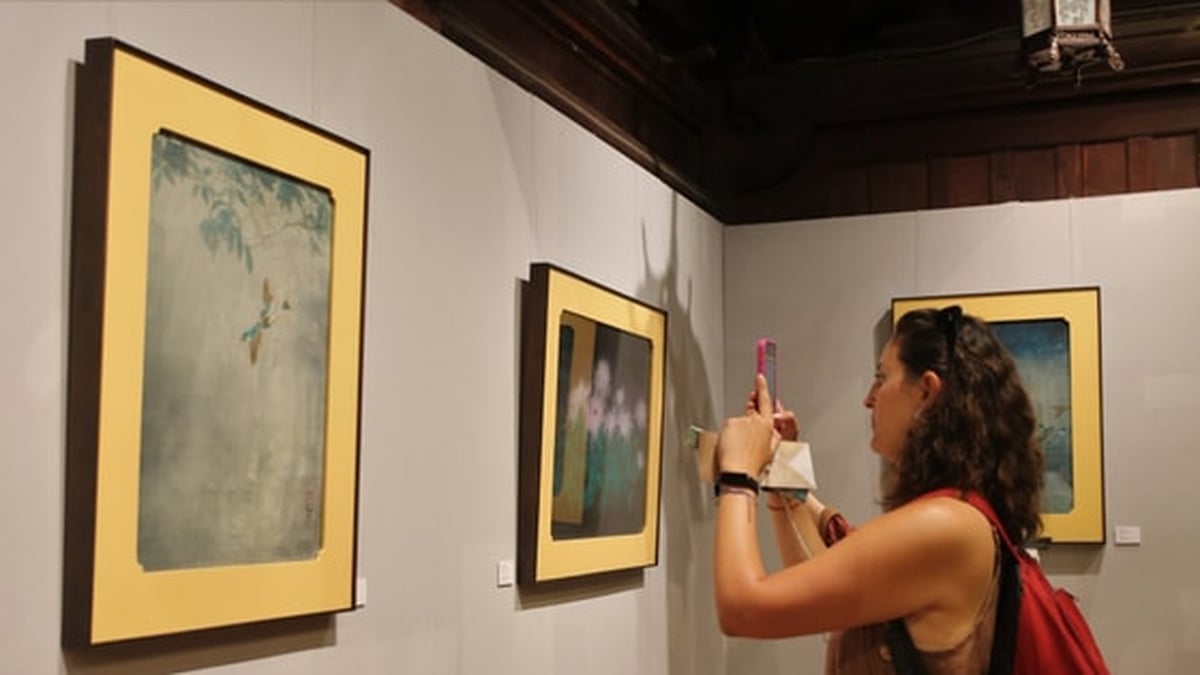



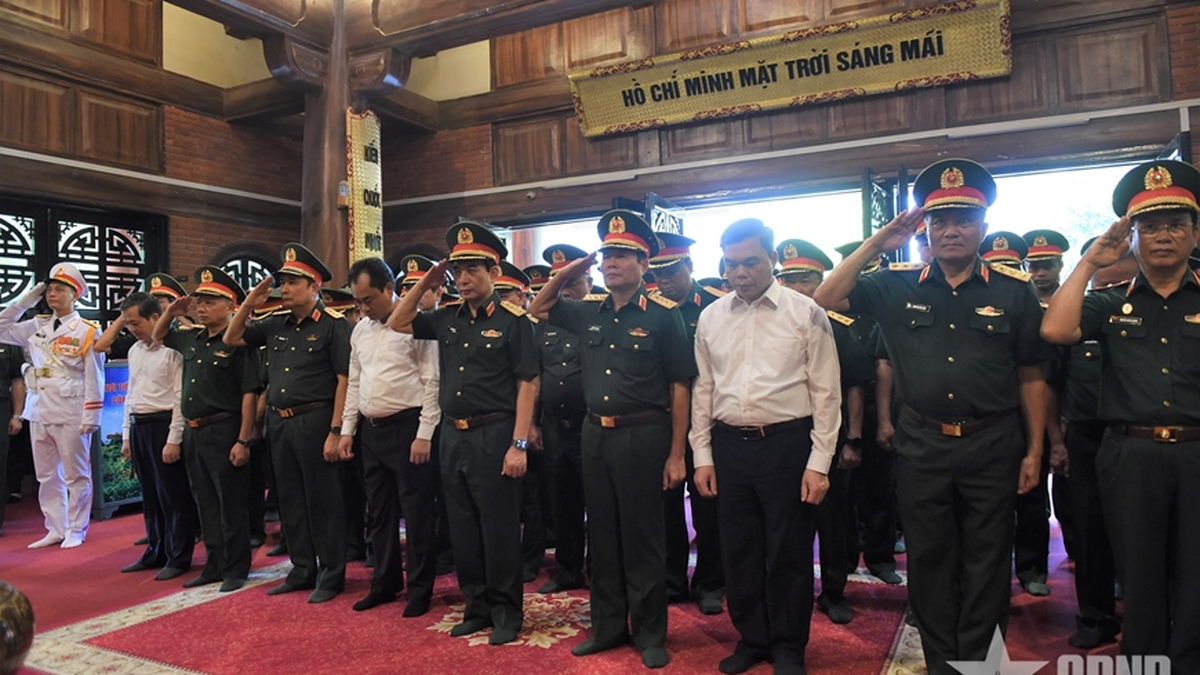
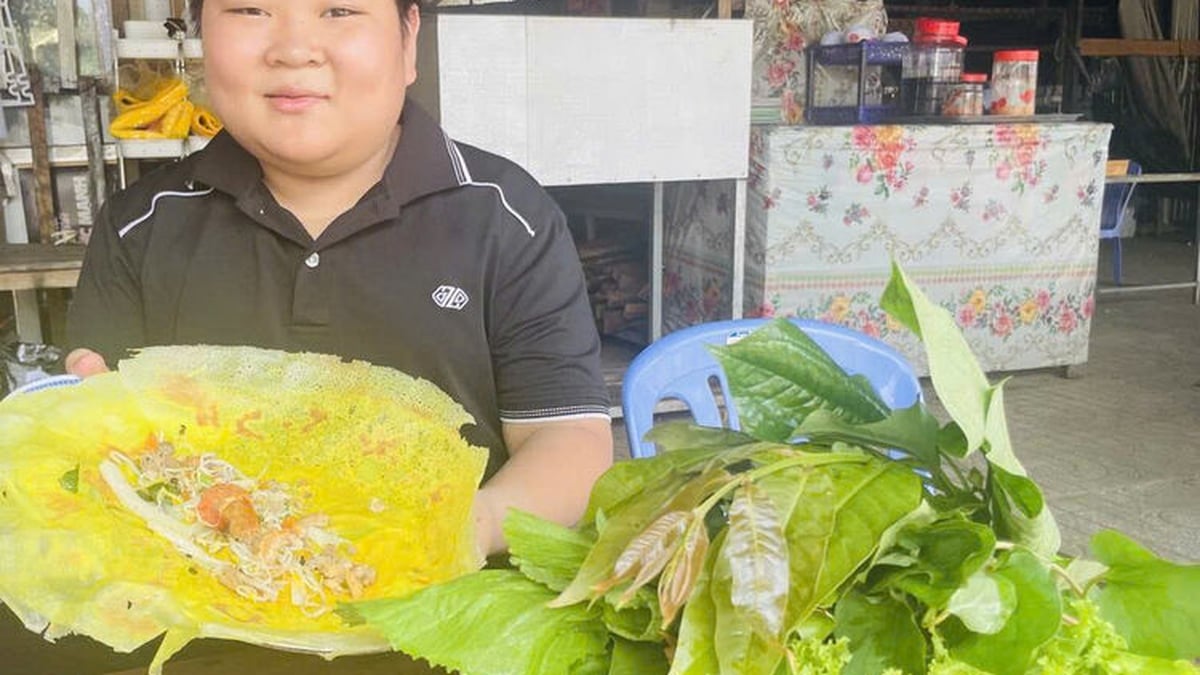
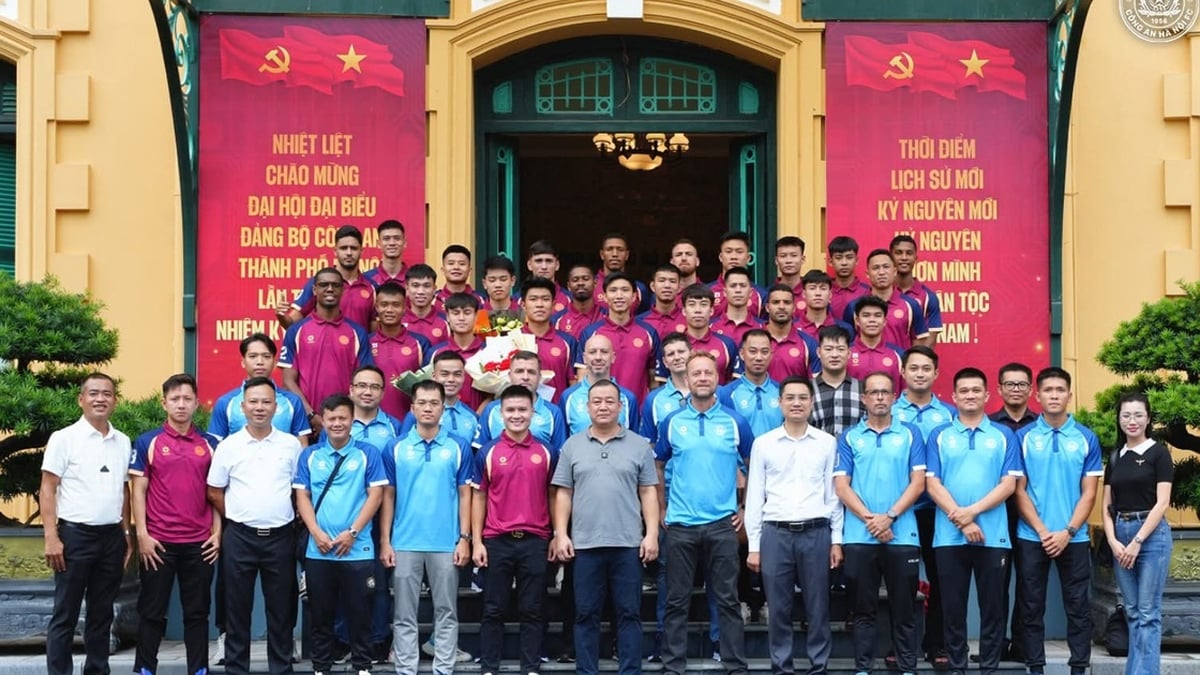

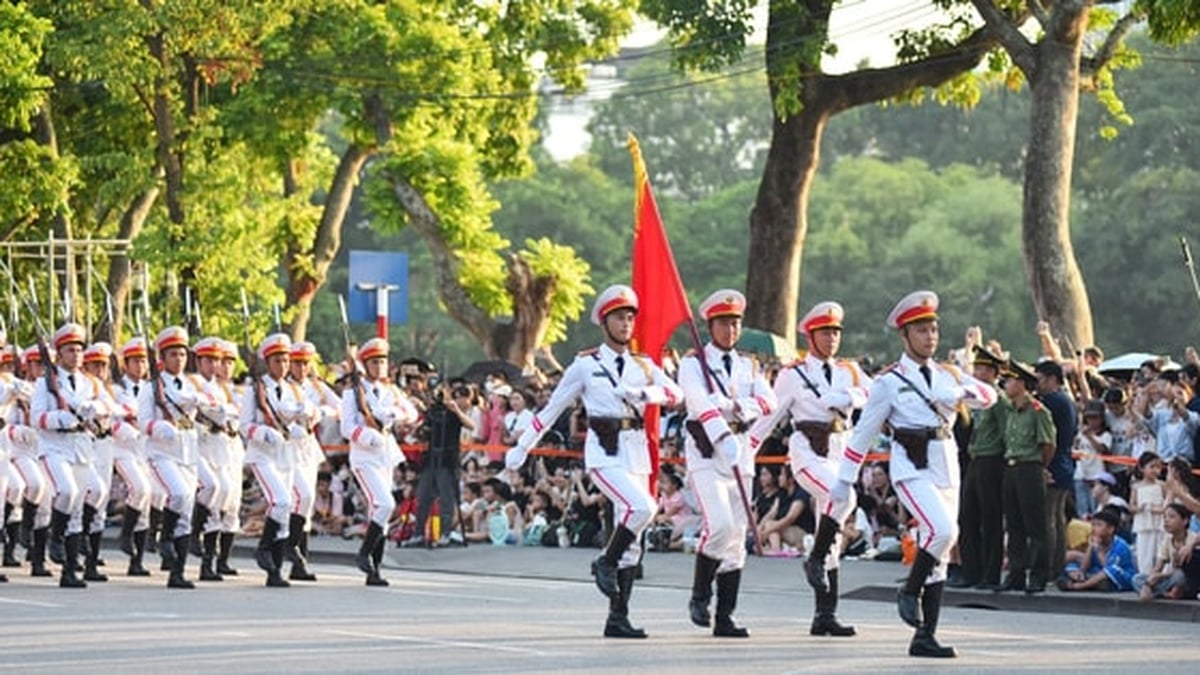





















































































Comment (0)